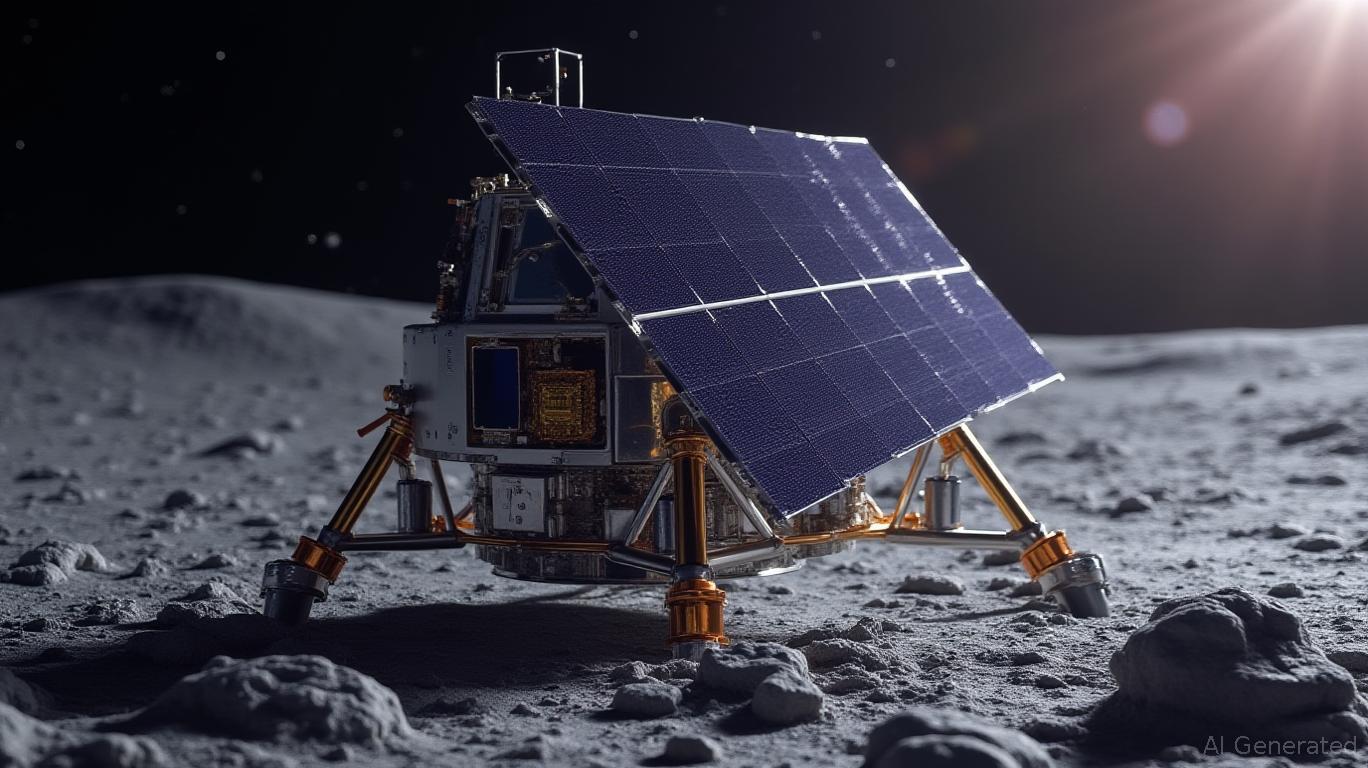The commercialization of space has ignited a new era of competition, with defense and civilian agencies racing to deploy resilient, cost-effective power systems for lunar missions, orbital satellites, and next-generation spacecraft. Amid this scramble, Ascent Solar Technologies (ASTI) has positioned itself as a contender through its proprietary CIGS (copper indium gallium selenide) solar technology, which combines record-breaking efficiency, extreme durability, and a production timeline that outpaces rivals by months. These advantages, coupled with recent strategic partnerships, are creating a compelling narrative for investors—but the company’s financial fragility complicates its path to dominance.
The Technological Edge
Ascent’s CIGS thin-film solar cells boast an industry-leading 15.7% efficiency under space conditions (AM0), outperforming conventional silicon-based panels in low-light environments like lunar PSRs (permanently shadowed regions). Their lightweight, flexible design—capable of being integrated into spacecraft surfaces or folded into compact payloads—eliminates the weight penalties of rigid panels. A  underscores how this technology could redefine space power systems.
underscores how this technology could redefine space power systems.
The real differentiator, however, is speed. While competitors require 9–12 months to deliver space-rated solar modules, Ascent’s Thornton, Colorado, facility can produce them in 6–8 weeks. This rapid turnaround addresses a critical bottleneck in defense projects, where delays can cost millions and jeopardize mission timelines.
Strategic Moves in Defense and NASA
In 2025, Ascent’s momentum has accelerated. Its recently announced Teaming Agreement with an unnamed U.S. defense contractor—though shrouded in secrecy—hints at contracts for orbital hardware and lunar landers. Orders for summer 2025 delivery suggest the technology is already mission-ready. Meanwhile, NASA’s 12-month collaborative project aims to leverage CIGS panels for power beaming, a breakthrough that could slash spacecraft mass and mission costs by tens of millions per lunar landing.
The Psyche Mission, already using Ascent’s panels, and bench tests at NASA’s Marshall Space Flight Center provide proof-of-concept validation. If successful, power beaming could become a cornerstone of the Artemis program, amplifying demand for Ascent’s modules.
The Financial Tightrope
Yet Ascent’s financials paint a cautionary picture. Despite its technical prowess, the company reported negative EBITDA in 2024 and a revenue base that remains modest compared to industry giants. A would likely show volatile stock performance, reflecting investor skepticism about its ability to scale. The lack of transparency around its defense agreement’s financial terms adds uncertainty. Without significant contract wins or strategic partnerships to bolster cash flow, Ascent risks being outpaced by better-capitalized rivals like First Solar (FSLR) or Maxeon (MAXN), even if its technology is superior.
Investment Considerations
Ascent’s story hinges on two variables: execution and capital. Its CIGS platform is undeniably compelling for space applications, but investors must ask: Can the company secure enough contracts to offset its high fixed costs? And will it attract the equity or strategic investors needed to sustain operations until profitability kicks in?
For risk-tolerant investors, Ascent presents a speculative opportunity in the burgeoning space solar market, which NASA estimates could exceed $5 billion by 2030. A would highlight this potential. However, the stock’s current valuation must be weighed against its unproven scalability and reliance on government funding cycles.
Verdict
Ascent Solar has engineered a technical moat that could make it indispensable for defense and space missions requiring rapid, lightweight solar solutions. Yet its financial health remains a glaring vulnerability. Investors should monitor two key metrics: the pace of new contract announcements and signs of cost discipline or strategic financing. Until Ascent demonstrates it can convert technical superiority into sustained revenue growth, its stock remains a high-risk, high-reward play for the space race’s early innings. For now, a cautious “hold” stance—or a small speculative position—seems prudent.